Beijing, China’s capital, has been experiencing serious air pollution in recent years.
Industrial relocation is an effective way to reduce carbon emissions and improve air quality—as long as employees are well cared for in the transition.
Greenhouse gas emissions from industry, coal heating, and vehicles are believed to be three major causes of the city’s air pollution.
Beginning over a decade ago, Beijing Municipal Government began to take targeted actions to control air pollution. Among different measures adopted, relocating polluting industries out of town is a major climate action that I’d like to highlight here.

The government is taking stringent actions
According to the “Beijing Clean Air Action Plan 2013-2017”, polluting industries should be phased out in the city by 2017 via different measures, such as relocation, structural readjustment, and shutting down. By the end of 2016, more than 1,200 polluting plants were removed from Beijing. These plants are primarily engaged in heavy industry, such as steel and cement manufacturing; chemical and petrochemical production; and building materials in foundries. China’s steel making giant, the Shougang Steel Group [1], was one of the first plants to be relocated out of the city.
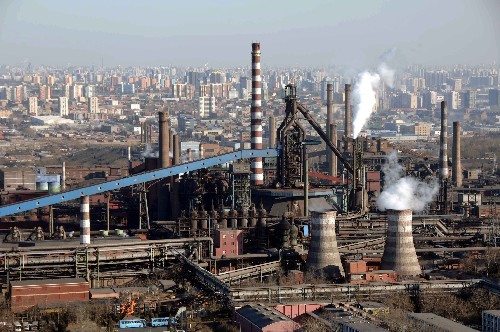
Challenges and solutions of industrial relocation: the case of Shougang
Established in 1919 in Beijing, the Shougang Steel Group is one of the biggest steel manufacturing companies in China. It employs over 80,000 workers, with an annual production capacity of steel exceeding 15 million tons. The proposal of relocating the steel giant from Beijing to other regions was raised and approved by the government in the early 2000s. Formal relocation processes began in 2005, and were accomplished by 2012. Now, the main parts of the company—the steel manufacturing plants—have been moved to two other places in surrounding Hebei Province: Cao Feidian and Qianan, over 200 kilometers away from Beijing. The vacated land in Beijing was renamed the High-End Comprehensive Industrial Service Area of New Shougang (HECISANS). The managers of HECISANS are committed to taking a pathway of low-carbon and green development—it was recognized as China’s first Climate Positive Program by the C40 Cities Climate Leadership Group at the second US-China Climate Leaders Summit in Beijing. HECISANS occupies an area of 8.63km2, and aims to transform into clusters of cultural and creative industry, service industry, and high-end manufacturing. There are many challenges for the relocation of such a big company. The greatest challenge of all is the distribution and allocation of employees, as Mr. Zhu Jimin, former president of Shougang Steel Group, acknowledged.
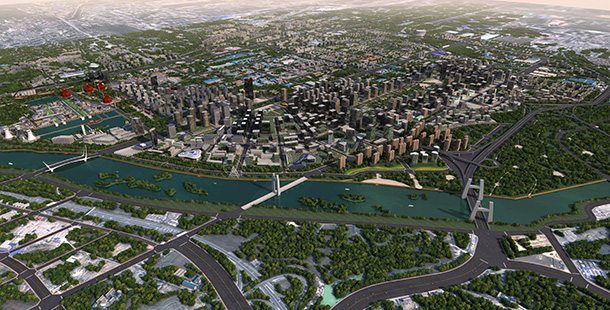
This challenge is especially poignant because of a loss of jobs due to structural adjustment and the reduction of steel output. To distribute and allocate employees properly, the Shougang management team adopted the following strategies: 1) Mobilize the backbone, moving skilled and young workers to the new factories in Cao Feidian and Qianan, offering to give appropriately increased wages and better housing conditions. 2) Use the vacated land in Beijing to develop clusters of high-end, non-polluting industries, which can then absorb part of the employees. 3) Allocate those who are old, weak, ill, and disabled to work in logistics positions. 4) Terminate the employment of some workers on a voluntary basis, and pay financial compensation to the laid-off workers in accordance with national laws and regulations. Once Shougang took these approaches, the relocation of employees proceeded smoothly, without causing major social unrest in Beijing.

Observations
Industry is, in many cities and especially in the developing world, a major source of greenhouse gas emissions. For this reason, industrial relocation is regarded as an effective way to reduce urban carbon emissions and improve air quality. However, in completing such relocations, we need to bear in mind some common principles that can make the program more demonstrably successful in the long run.
- It’s critical that the relocated companies meet emissions standards and environmental protection norms in their new locations, and not simply shift pollution problems to the new locations. Air pollution problems should be addressed in a regional manner; air quality can only be controlled and, ultimately, solved by coordinated regional efforts.
- Companies must properly distribute and allocate employees, especially disadvantaged workers and those who are laid off. It’s important to have consensus among various stakeholders that companies need to pay a resettlement compensation reflecting the real market value of their employees, and they have a responsibility to provide necessary help to assist the unemployed in getting back in the workforce again, for example, by offering vocational training, job fairs, guidance for private business, and so on.
- Companies must make full use of the land they are vacating. The previous land occupied by the polluting companies should be assessed and meticulously planned. It should be renovated and restored according to the degree of contamination, and to the extent that it shall not cause any damage to future users. The reclaimed land might be utilized for open and public space, or for high-end and non-polluting industries, such as is exemplified by Shougang Steel Group.
According to statistics, the relocation of the Shougang Steel Group contributes to the reduction of 18,000 tons of inhalable particles (pm) every year, which accounts for about 20 percent of the total pm emissions in the city [2]. Citizens in Beijing feel that industrial relocation does have some effect in addressing air pollution. However, the effect is not obvious, as previously expected. The main reason for this is that air pollution is caused by multiple factors, and it should also be addressed by comprehensive approaches. For Beijing, the strategy of industrial relocation should combine with other measures—such as control of vehicles, restriction of coal heating, and management of the dust—to ensure a consistent result.
Pengfei XIE
Beijing
[1] http://www.shougang.com.cn/sgweb/cszhfws/index.jhtml
[2] http://www.chinanews.com/olympic/news/2008/08-04/1334236.shtml


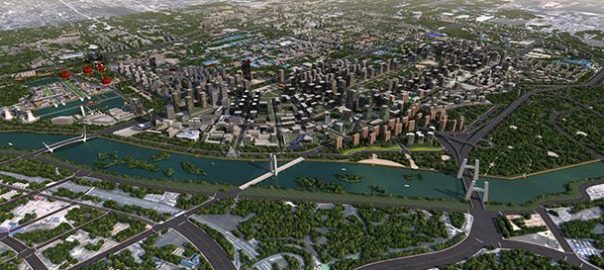
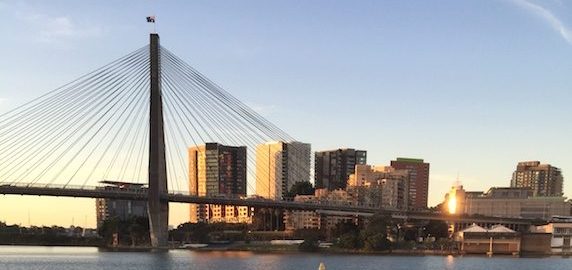

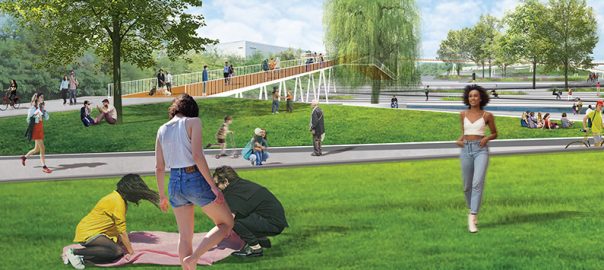

Leave a Reply